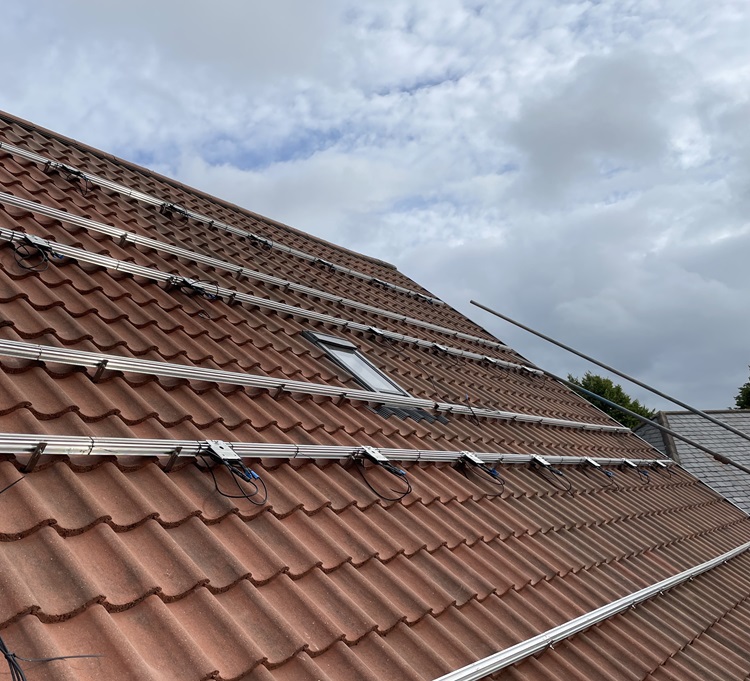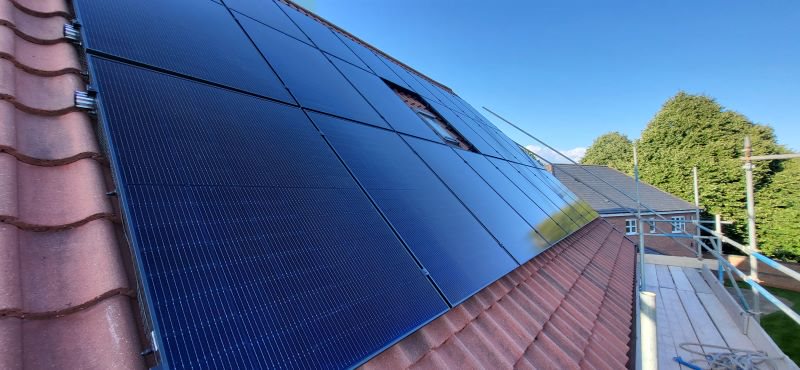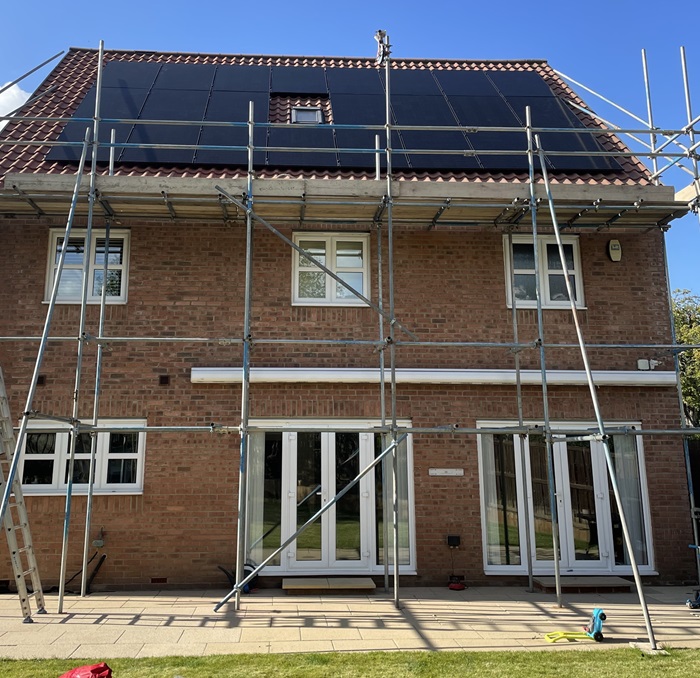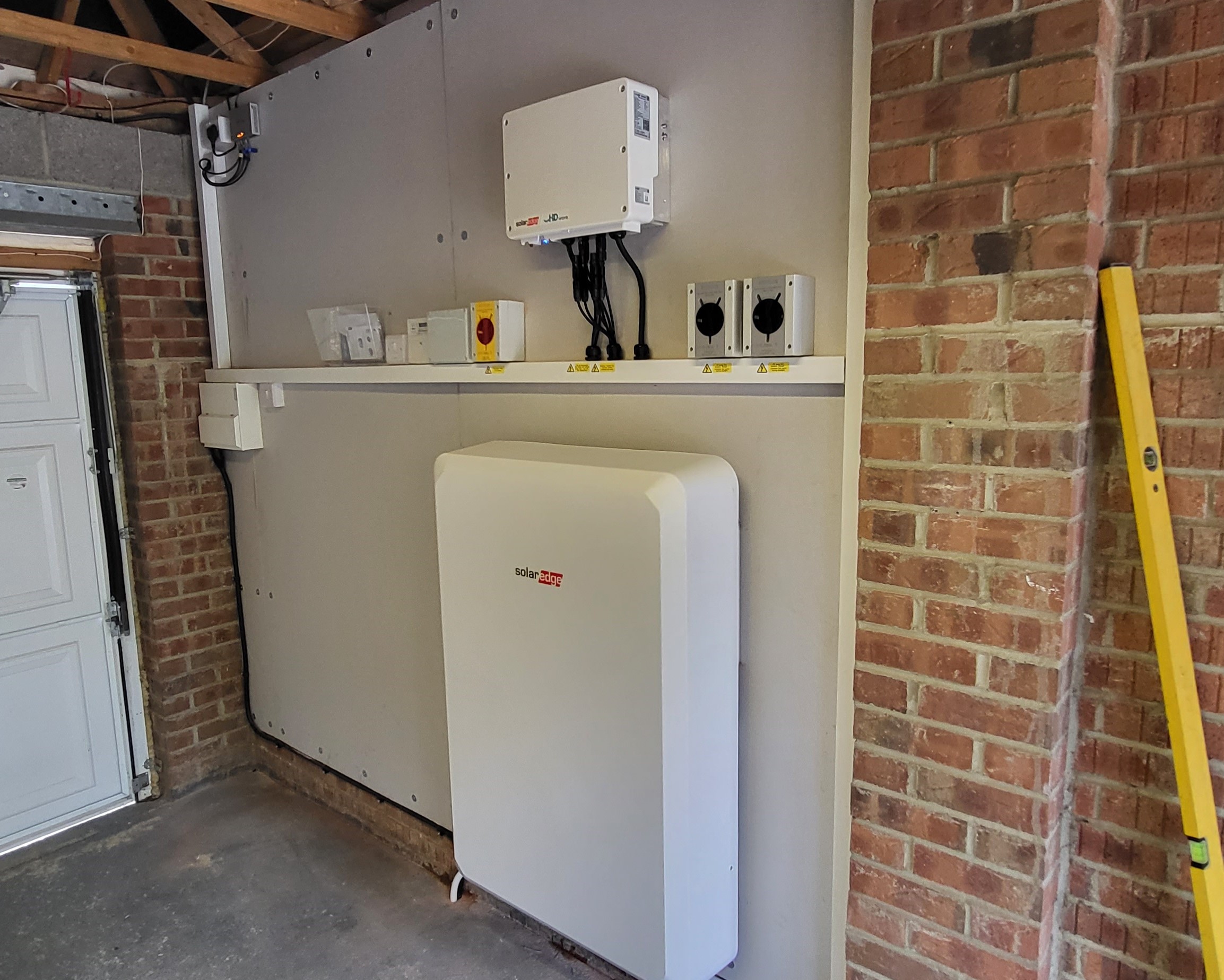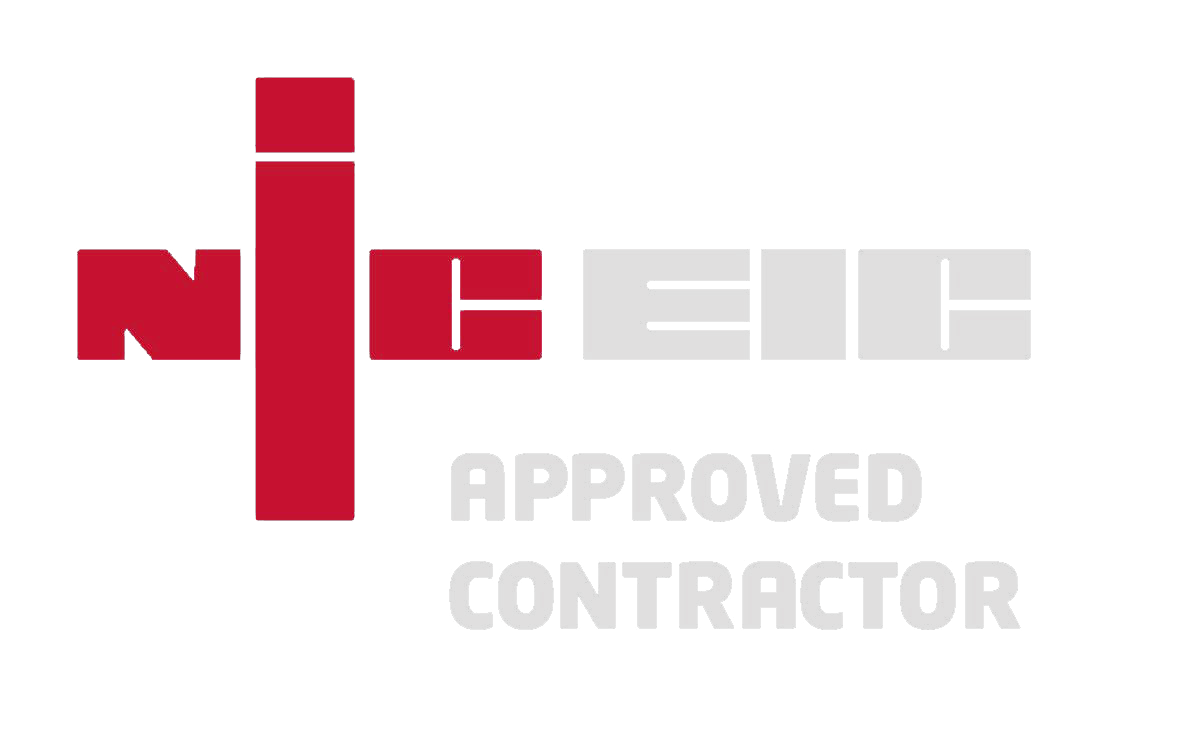Here we have installed an on roof system, consisting of 23 JA Solar 405watt panels (all black), SolarEdge 6kw hybrid inverter and Solar Edge 10kwh battery.
Why SolarEdge?
Solar edge incorporates power optimisers installed alongside each solar panel, these have a number of advantages, the first being if the solar array would usually be affected by shading from nearby objects, such as trees or chimneys. With other solar installations shade on even part of one panel will bring down the level of production of each of the other panels in the system drastically reducing production of the whole system, with solar edge the optimisers reduce the reduction to just the shaded panel, leaving the others to produce at maximum capacity. Along side the detailed Solar edge app you can see the performance of your system down to the specific components in real time.
Although shading wasn’t an issue we need to consider with this installation, facing south with no obstructions, our client liked the other advantages of the optimised system, such as the ability to map each panel individually, and being able to see information specific to each panel as well as its location on the roof. This is great for maintenance or identifying any faults or errors in future without having to check every panel and connection.
On Roof
We have installed this system as an on roof system, this is the most common type of fixing method for installations of the roofs of existing buildings, most likely houses. We install roof hooks fixed directly to the roof rafters that then have a rail system attached which in turn allow the panels to be clamped on them. The alternative to this system for a domestic property with a pitched roof, would be an in roof system which we will look at in another case study.
Size of the the Solar array
The client is a high consumer of electrical energy and in this case we installed as many panels as possible on the south facing roof. This would generally be the case for most systems as the panels themselves are a relatively inexpensive component compared to the system as a whole, so while we have the access and equipment at hand we would say its worth while installing more now, than trying to add to the system at a later date.
Battery
With the ability to produce 9.3kw, even a high user might not use that at the time of production, usually during the day when people might not be home or working. The addition of a battery allowed the client to store energy during periods of high production and utilise it later in the day/evening when production is low but demand from the house might be high.
